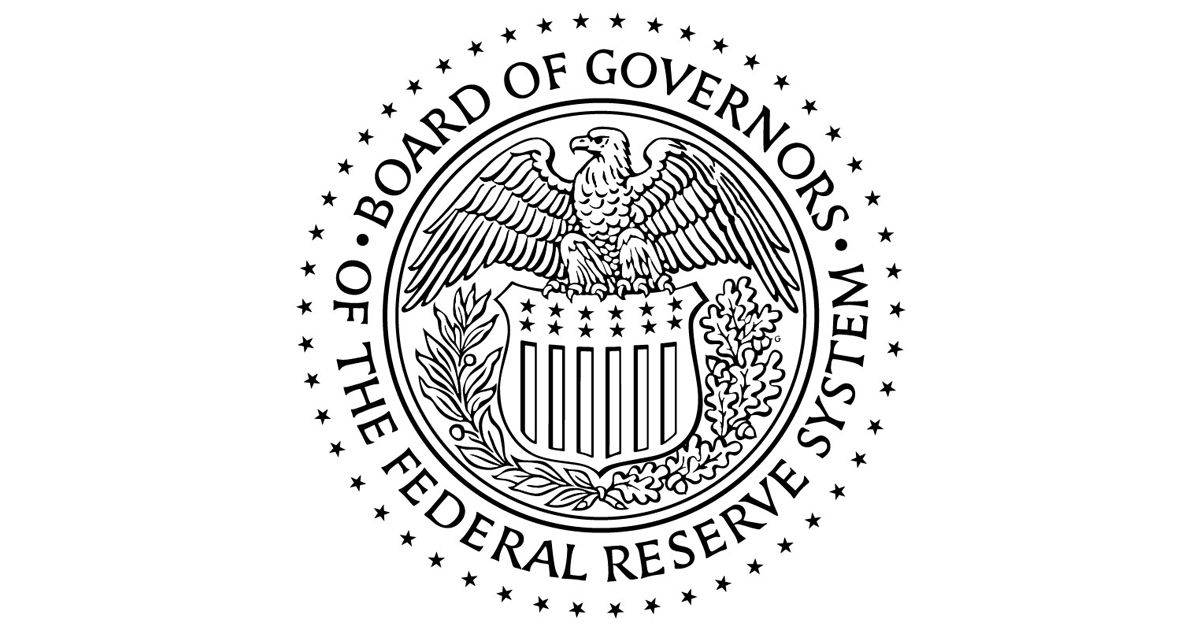Vice Chair Philip Jefferson of the Federal Reserve delivered remarks on the current economic outlook, emphasizing the impact of recent tariff announcements and policy uncertainties. While the economy showed resilience in the first quarter, GDP contracted slightly by 0.3% on an annualized basis, following a 2.4% expansion in the fourth quarter of 2024. Private domestic final purchases, excluding government spending, inventory investment, and net exports, indicated underlying economic momentum at a 3% rate.
Consumer spending, adjusted for inflation, remained strong throughout much of last year but eased at the start of 2025, possibly due to poor weather and seasonal adjustments. Spending rebounded in March, potentially reflecting purchases made ahead of anticipated trade policy changes.
The labor market remains solid, with the unemployment rate at 4.2% in April, within a narrow range since mid-last year. Job additions averaged 177,000 last month, consistent with a stable unemployment rate and flat labor force participation. Layoffs remain historically low, as evidenced by new unemployment benefit applications staying in a low range.
Inflation data show progress toward the 2% target, with PCE prices advancing 2.3% year-over-year in March. Core PCE inflation, excluding volatile energy and food prices, stood at 2.6%. Housing services inflation has fallen notably since early 2023, contributing to disinflationary pressures.
Tariff increases pose risks to economic growth and inflation. Sustained tariff levels could temporarily raise inflation, depending on trade policy implementation, consumer price pass-through, supply chain reactions, and overall economic performance. Short-term inflation expectations have risen, but longer-term expectations remain stable, reflecting the Federal Reserve’s commitment to its 2% target.
The FOMC maintained the federal funds rate at current levels last week, viewing the current stance as moderately restrictive and well-positioned to respond to evolving risks. Monetary policy will continue to be guided by incoming data and the dual mandate of maximum employment and price stability.
— new from Federal Reserve Board (.gov)
